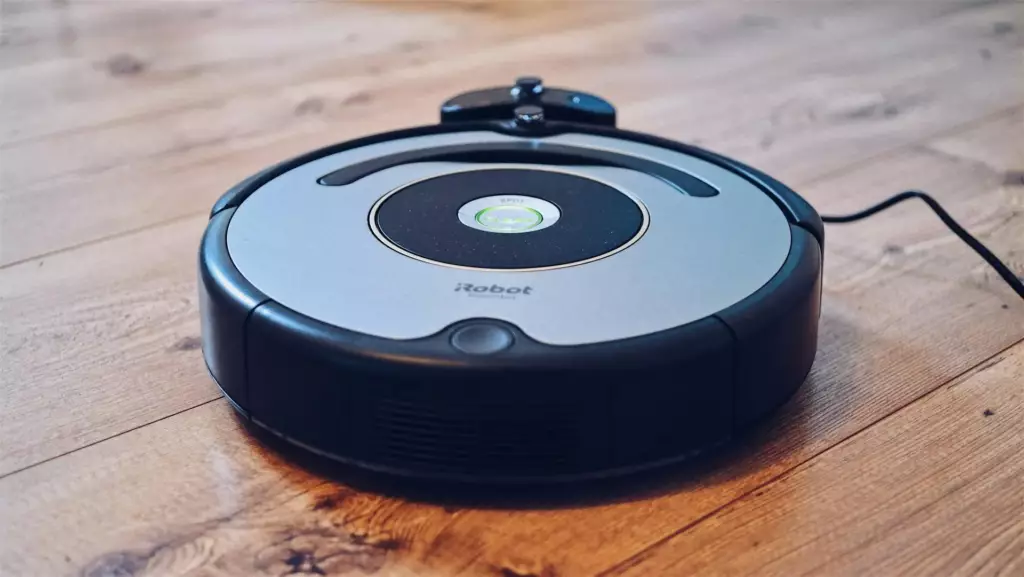The combination of robotics and artificial intelligence (AI) is revolutionizing multiple industries, offering innovative solutions and improving efficiency in a wide variety of applications. These technologies, when integrated, have the potential to transform entire industries, from manufacturing to healthcare, logistics and more. Throughout this article, we will explore the synergies between robotics and artificial intelligence and their applications in different sectors.
Synergies between Robotics and Artificial Intelligence

Robotics refers to the creation and use of robots, programmable machines capable of performing tasks autonomously or semi-autonomously. On the other hand, artificial intelligence is a branch of computer science that focuses on developing systems that can perform tasks that normally require human intelligence, such as pattern recognition, decision making and learning. The combination of robotics and artificial intelligence enables robots not only to perform physical tasks, but also to make informed decisions based on data and learn from their environment.
Learning and Adaptation
One of the main benefits of integrating robotics and artificial intelligence is the ability of robots to learn and adapt. AI-enabled robots can analyze data from their sensors and adjust their behavior in real time, continuously improving their performance and efficiency. This is particularly useful in dynamic environments where conditions are constantly changing.
Decision Making
Artificial intelligence enables robots to make complex decisions based on the analysis of large volumes of data. This allows them to operate autonomously in situations where it would be impractical to program all possible contingencies in advance. For example, an autonomous robot in a factory can make decisions about how to handle unexpected obstacles in its path.
Applications in Different Sectors

Manufacturing
In manufacturing, robotics and artificial intelligence are transforming production lines. Industrial robots with AI capabilities can perform complex tasks such as assembly, welding and packaging with high precision and speed. In addition, they can monitor and analyze their own performance, identify potential failures and perform predictive maintenance, reducing downtime and increasing productivity.
Logistics and Warehousing
Robotics and artificial intelligence are also revolutionizing logistics and warehousing. Autonomous robots equipped with AI can navigate warehouses, pick and transport goods, and manage inventories efficiently. These systems improve accuracy and speed in handling products, reducing errors and operating costs. For example, companies such as Amazon already use advanced robots to optimize their logistics operations.
Healthcare
In the healthcare sector, robotics and artificial intelligence have significant applications. AI-assisted surgical robots can perform procedures with precision that surpasses human capability, reducing the risk of complications and speeding patient recovery. In addition, assistive robots can assist in the care of elderly or disabled people, providing support in daily activities and health monitoring.
Agriculture
Robotics and artificial intelligence are also impacting agriculture, improving the efficiency and sustainability of farming operations. AI-equipped agricultural robots can perform tasks such as planting, irrigation and harvesting with pinpoint accuracy. In addition, they can analyze soil and weather data to optimize resource use and improve crop yields. This not only increases productivity, but also reduces environmental impact.
Autonomous Automobiles
One of the most innovative applications of robotics and artificial intelligence is the development of autonomous vehicles. Autonomous cars and trucks use advanced sensors and AI algorithms to navigate and make real-time decisions. These vehicles have the potential to reduce traffic accidents, improve transportation efficiency, and provide mobility for people who cannot drive.
Safety and Security
In the security arena, robotics and artificial intelligence are improving surveillance and response capabilities. Drones and ground robots equipped with AI can patrol large areas, detect suspicious activity, and alert authorities in real time. These systems are used in military, public safety and critical infrastructure protection applications.
Conclusion
The synergy between robotics and artificial intelligence is driving a technological revolution affecting a variety of industries. Applications of these technologies are improving the efficiency, accuracy and adaptability of systems in manufacturing, logistics, healthcare, agriculture, transportation and security. As they continue to advance, we are likely to see an even greater impact on the way we work and live.
Robotics and artificial intelligence are not only transforming industries, they are also redefining the human lifestyle, and this technology certainly promises to be very important in the near future.

